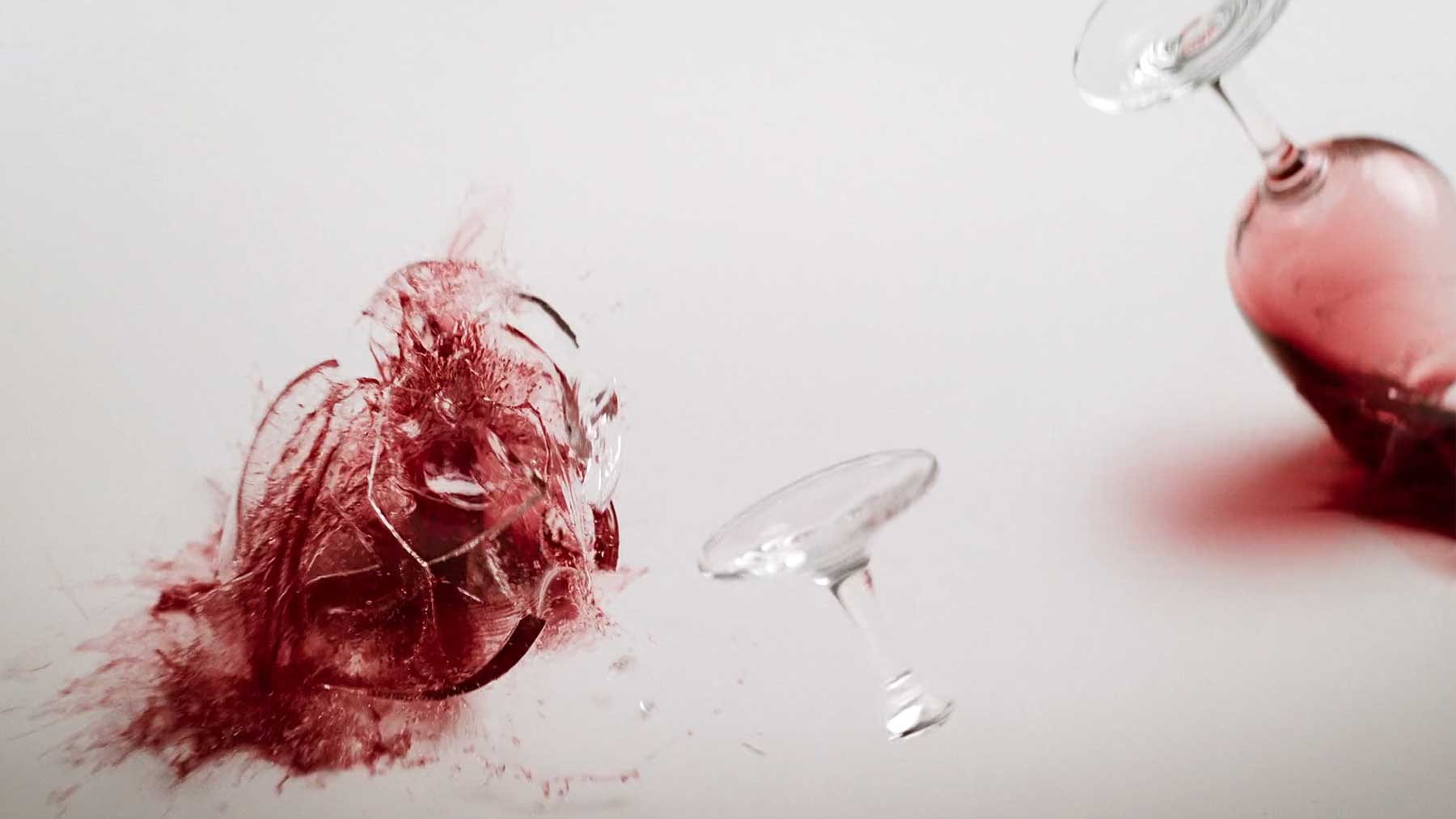
Klassische Musik trifft auf moderne Zerstörungskunst. Optical Arts liefert mit „Toccata“ eine wahrlich wundervoll anzuschauende und perfekt auf die Musik abgestimmte Abfolge an in Zeitluper auf den Boden knallender Geschirrstücke. Aber ob Weinglas, Kerzenständer oder Brotmesser – alles stammt aus dem Computer.
„The film was conceived loosely as a live action musical animation, reminiscent of the system used in music animation software such as Stephen Malinowski’s Music Animation Machine. Domestic and pertinent objects, common in the still life genre, were sourced and used within a structure mostly defined by the music. The music is the Toccata from the first part of the Toccata and Fugue in D Minor, by Johann Sebastian Bach, one of his most famous compositions and a startling and surprising piece of music. Often mired in controversy, the authorship of Bach himself was questioned by musicologists from the 1960’s onwards because of the piece’s unusual structure, not seen in music of that time. It is performed by Peter Hurford in the 1976 album, Bach: The Great Organ Works. The film is an exploration on the nature of time, the relentless violence of entropy and creative energy and its relationship to music itself. The Toccata and Fugue in D Minor has a cinematic history going back to the silent film era, when orchestras played music to films. The piece became often used in the horror genre and famously as the opening to the 1970’s film Rollerball.“
Unter OpticalArts.Studio/Toccata gibt es noch ein paar Hintergründe zum Projekt und vor allem einzelne Sequenzen in Superzeitlupe zu sehen.
Creative Direction & Production: Optical Arts
Editor: Matt Cronin
VFX Supervisor: Miguel Wratten
Colourist: Martin Pryor
1st Camera Assistant: Elliott Lowe
Styling: Jamie-Lee Harding
Quelle: staffpicks

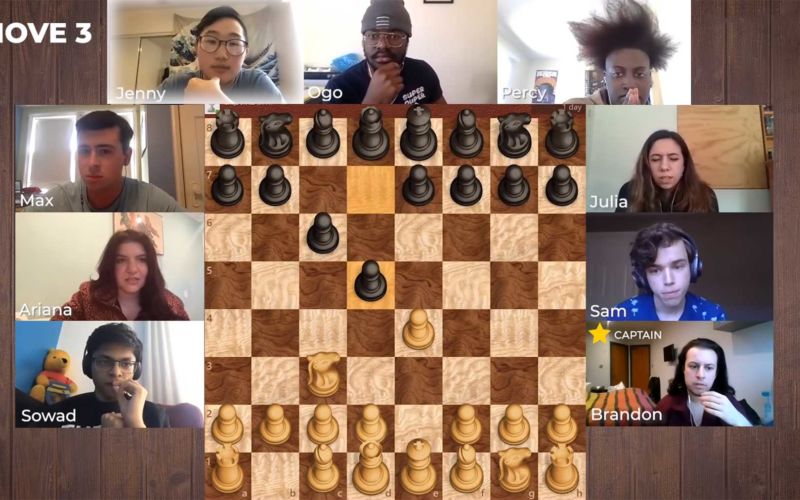
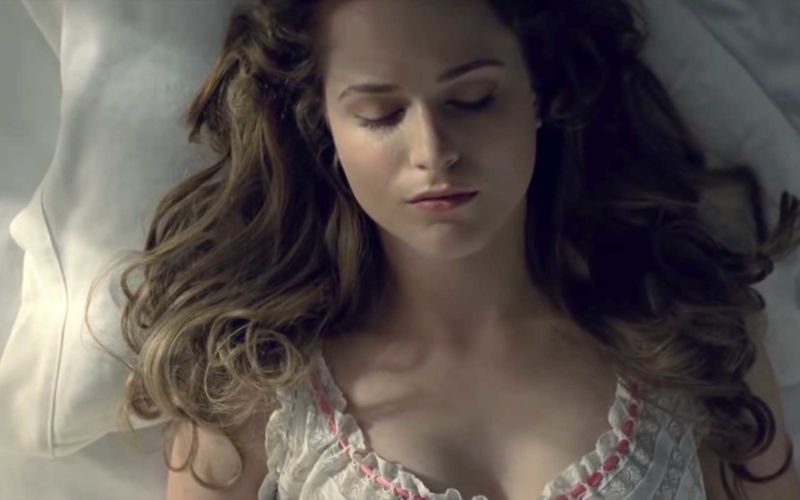
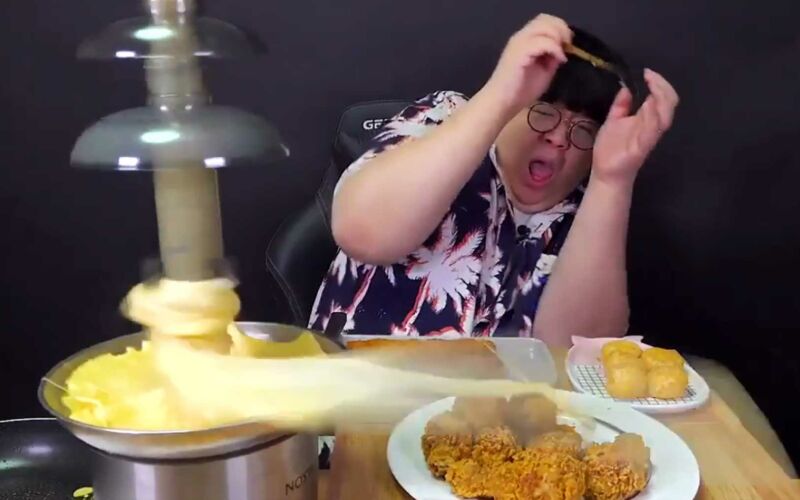


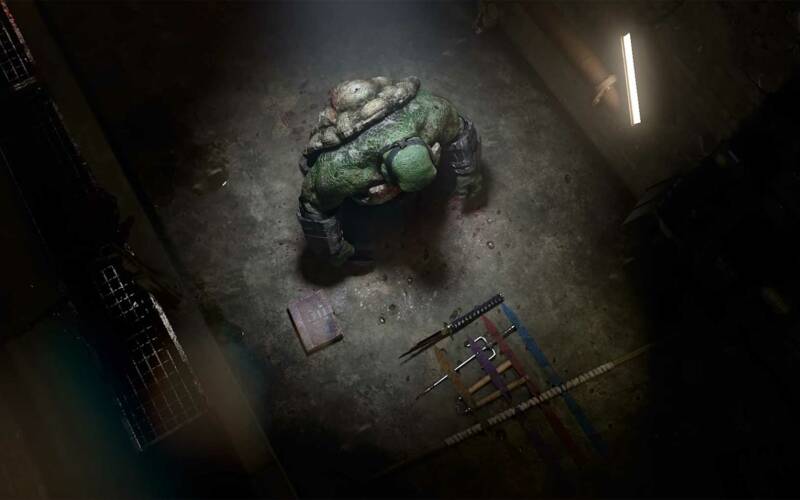
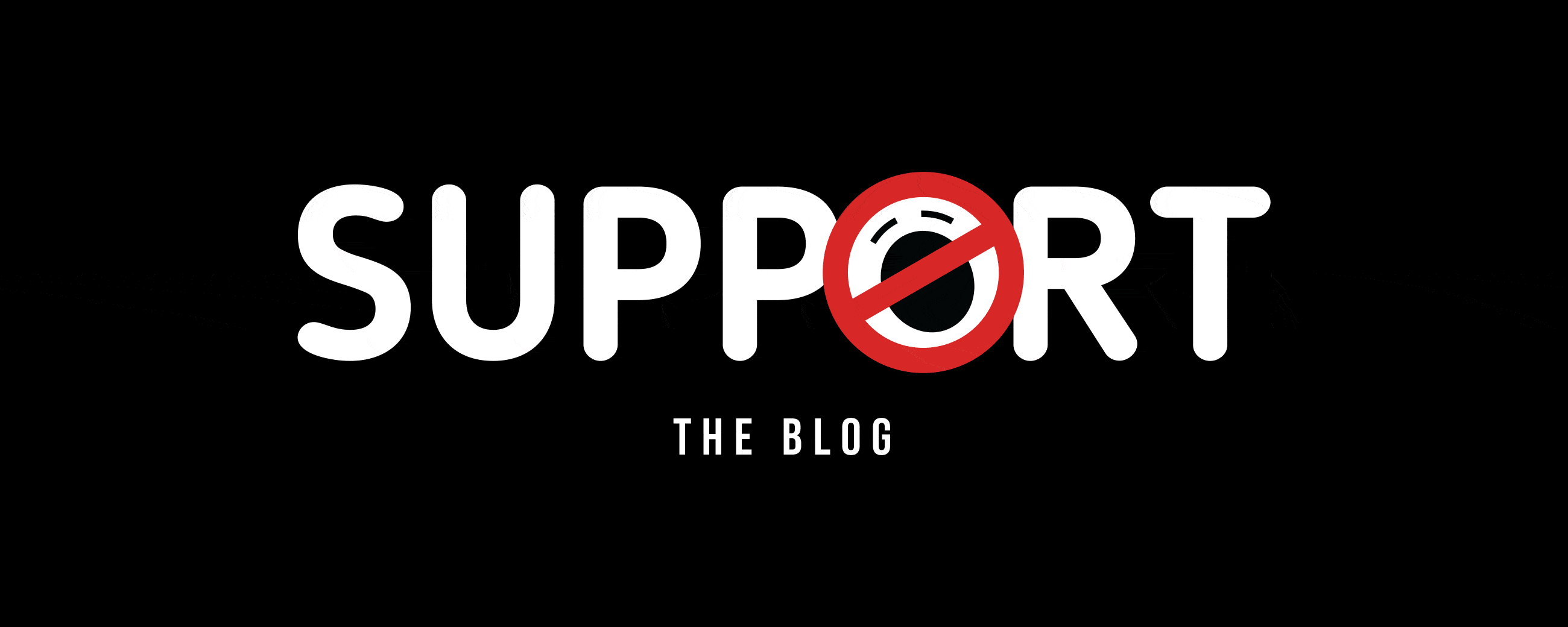



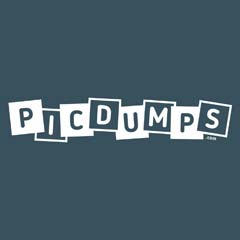


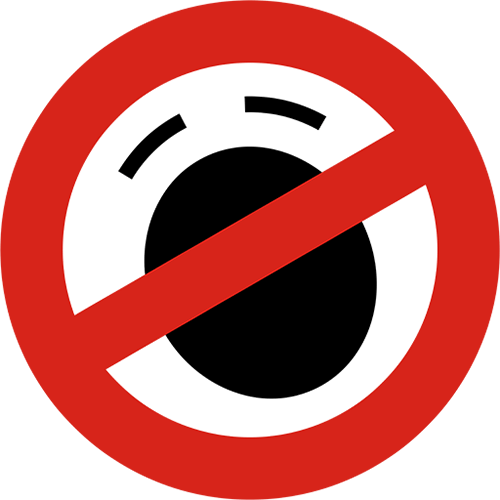
Noch keine Kommentare